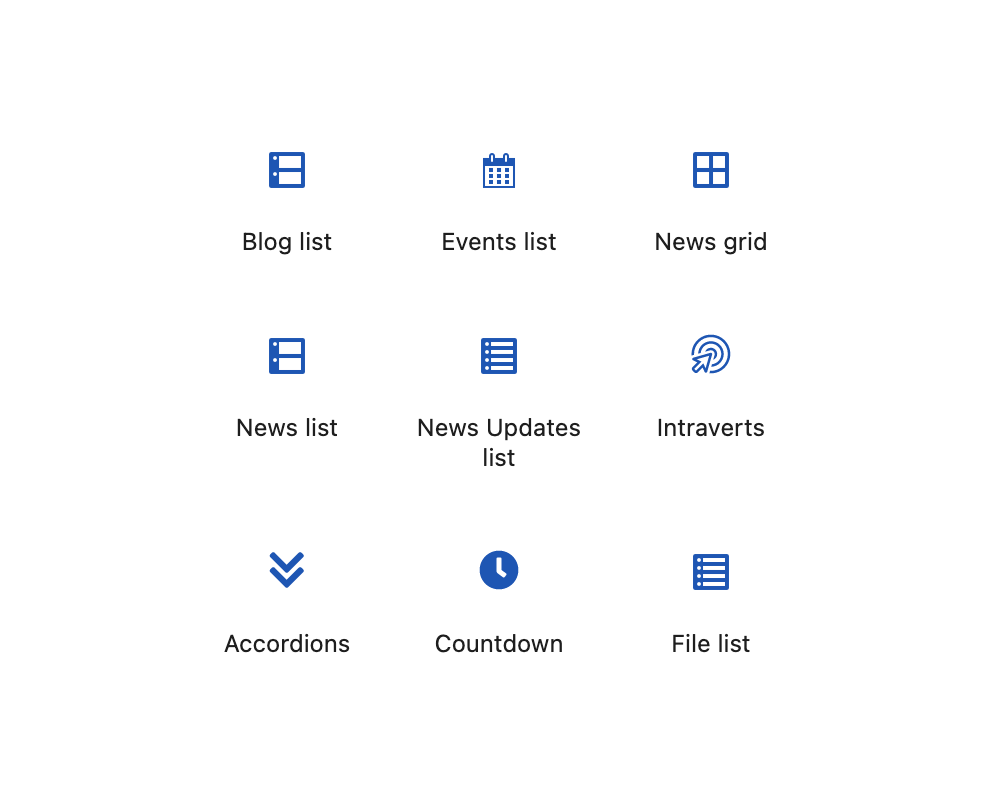The current version of GovIntranet uses the classic editor for custom post types such as news and events. This will be withdrawn from support in future versions of WordPress. So we’re making plans to be ready for the block editor interface.
To fully move to the block editor we need to make some changes within the theme to allow the GovIntranet custom post types to work with the editor. And in moving to the block editor, there is more to think about than just making the custom post types compatible.
Default options in the editing interface will allow editors to choose their own font colours and sizes. This is very frightening. It could lead to all sorts of accessibility and branding problems. Although the block editor interface does highlight problems with colour contrast, we’ve all dealt with publishers who like to add their own creative touch.
My heading is soooo dope! 🦄
At Agento Digital, our first thoughts were to find a way to restrict all this flexibility. Welcome to a brand new way of editing your content, but we don’t want you to be able to use all the new features.
But we are also getting requests from clients to be able to do more fancy things on the intranet in terms of visual display and features. Having to create new templates and functionality for each new request is time consuming and costly. Allowing publishers to build their own page layouts with automated functionality would make things easier.
It’s a balancing act, trying to maintain good quality, accessible and branded content, while allowing editors the freedom and creativity to go beyond the default template layouts and styles.
We’re working with our supported users to develop the next major version of GovIntranet. We’ve started by looking at blocks. Thinking about what we can do with the default set of blocks available in WordPress. And developing our own ‘Govintra blocks’ for use specifically with the theme.
We’re converting some GovIntranet widgets and shortcodes, making them available as blocks. The move from shortcodes to blocks will have a great impact on the editing experience, being able to see and control blocks of content instead of having to know the right codes to use with the shortcode. Theme widgets, such as the feature news widget, currently only possible to place in widget areas, will be available for use within any page or post content.
Third-party plugins have already made the move to blocks. GravityForms and Relevanssi work with the block editor, and we look forward to seeing more block elements as developers update their plugins.
We’ve decided to ditch the intranet homepage template, in favour of allowing users to design their own homepage layout, using blocks for layout such as columns and full-width horizontal bands, and blocks for automated content such as a categorised news feed, events listing or blog posts. In addition to the original theme widgets, we are developing more block options, such as a news grid block, showing horizontal cards.
Using page templates, it was previously only sensible to have one page using the homepage template, since any other page using the homepage template would look exactly the same. The new approach to using blocks will also allow other hub pages or departmental homepages to be built.
The move to the block editor will require retraining publishers. The new editing interface is very different to the classic editor. It has taken me three years to make the move! Having put on some presentation sessions for clients to show what we’re developing, I can see that some people are anxious about having to learn a new tool, while others are excited about the new possibilities. It’s a jump that we all need to make. Personally, I’m looking forward to seeing what the intranet publishers do with the new block editor.
